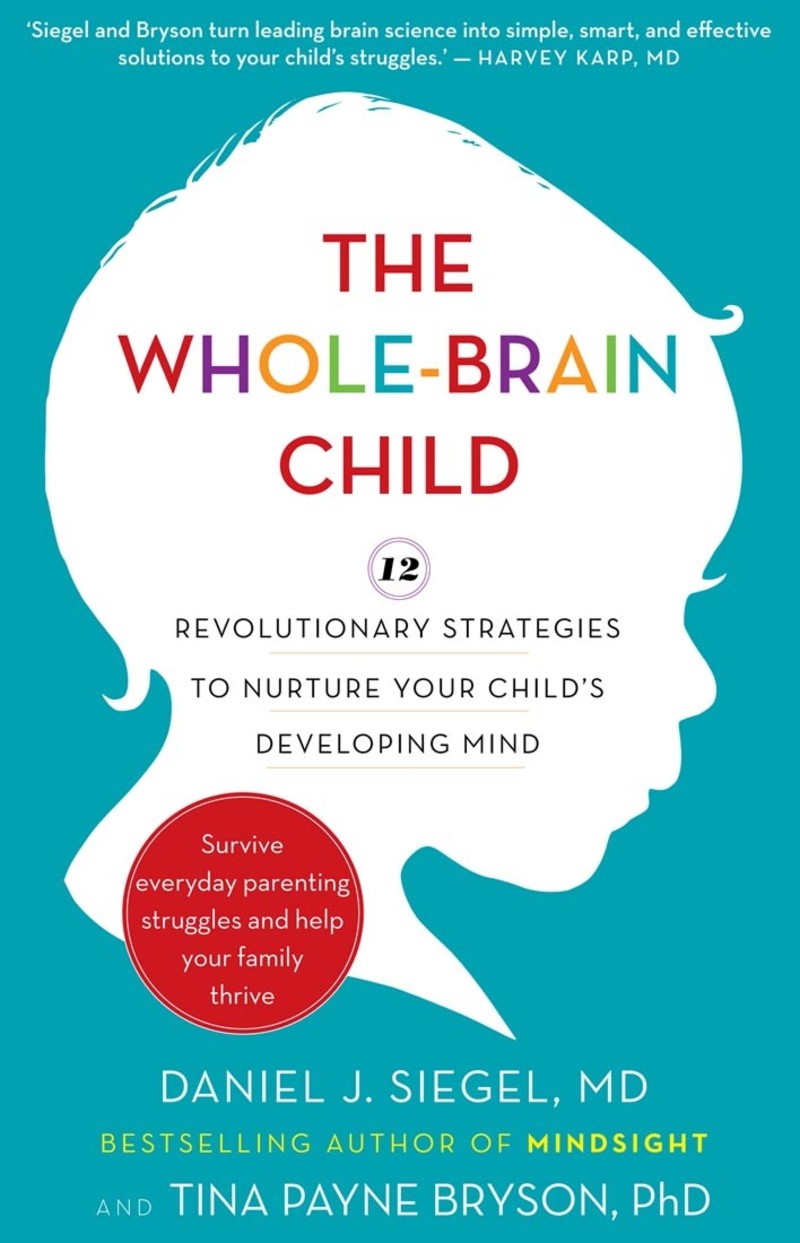Description
Frequently, hearing impairment has been considered to require no more than the provision of a hearing aid, with little understanding of the need for thorough aetiological investigation to ensure prevention and remediation where possible and structured rehabilitation programmes, if the distressing personal and social consequences of hearing impairment are to be avoided.It is worth pointing out that one in every 1,000 new-born babies suffers from congenital severe or profound hearing impairment. Furthermore, epidemiological studies demonstrate that the percentage of the population who have a hearing impairment that exceeds 45 dB HL and 65 dB HL are about 1.3% and 0.3% between the ages of 30 and 50 years, and 7.4% and 2.3% between the ages of 60 and 70 years, respectively (Davis, 1989). Hearing loss has for some time, been considered a permanent effect and consequence of factors such as infections, ototoxicity, trauma and ageing. In recent years, molecular biology and molecular genetics have made a key contribution to the understanding of the normal and defective inner ear, not only in congenital profound hearing impairment but also in late onset/progressive hearing impairment.
Content:-
List of contributors
Preface
PART I: GENETICS AND HEARING IMPAIRMENT
1 Understanding the genotype: basic concepts
2 Understanding the phenotype: basic concepts in audiology
3 Newly emerging concepts in syndromology relevant to audiology and otolaryngology practice
4 Deafblindness
5 Nonsyndromic hearing loss: cracking the cochlear code
6 Age-related hearing impairment: ensemble playing of environmental and genetic factors
7 Noise-related hearing impairment
8 Otosclerosis: a genetic update
9 Mitochondrial DNA, hearing impairment, and ageing
PART II: CURRENT MANAGEMENT
10 Psychosocial aspects of genetic hearing impairment
11 Attitudes of deaf people and their families towards issues surrounding genetics
12 Genetics of communication disorders
13 Audiometric profiles associated with genetic nonsyndromal hearing impairment: a review and phenotype analysis
14 Early detection and assessment of genetic childhood hearing impairment
15 What genetic testing can offer
16 Pharmacotherapy of the inner ear
17 Diagnosis and management strategies in congenital middle and external ear anomalies
18 Cochlear implantation in genetic deafness
19 Auditory neuropathy caused by the otoferlin gene mutation
PART III: THE FUTURE
20 Innovative therapeutical strategies to prevent deafness and to treat tinnitus
21 Stem cells in the inner ear: advancing towards a new therapy for hearing impairment
22 Tissue transplantation into the inner ear
23 Gene therapy of the inner ear
24 Mechanisms for hair cell protection and regeneration in the mammalian organ of Corti
Index
Author Details
"Alessandro Martini" Audiology and ENT Clinical Institute University of Ferrara Ferrara Italy"Dafydd Stephens" School of Medicine Cardiff University Cardiff Wales
"Andrew P Read" Department of Medical Genetics St Mary’s Hospital Manchester UK
You May Also Like These E-Books:-






No comments:
Post a Comment